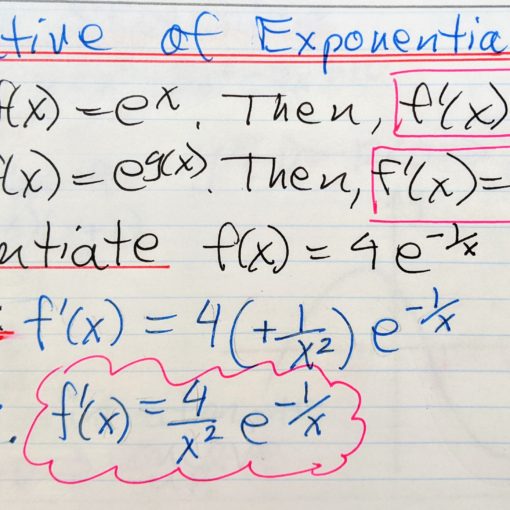When we are faced with a quadratic that is not “nice” to factor we need to find a way to factor it. This is where the quadratic formula comes in. The discriminant is a value that can be calculated for each quadratic equation. Depending on the value of the discriminant, we can determine if the quadratic equation has a solution, or has factors, or not.
You may also like
Practice taking the derivative of the exponential function with Raise My marks math tutoring and exercises, Ottawa, Toronto. Canada, IB math curriculum, AP calculus, university math and more.
Practice factoring numbers.
Practice calculating simple interest with Raise My Marks math tutoring and exercises; Ottawa, Toronto and across Canada; Provincial curriculum, IB math, AP calculus AB/BC and more.
Practice using the special triangles to evaluate the trigonometric ratios of special angles with Raise My Marks math tutoring and exercises. Serving Ottawa, Toronto and across Canada. Specializing in provincial curriculums, IB math, AP Calculus, university and college mathematics.



